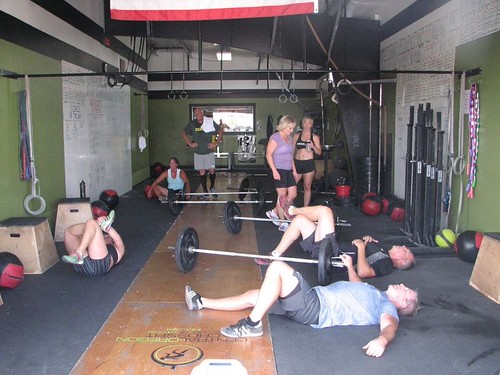
The bench press might seem like one of the most straightforward movements in the gym, a simple act of lowering a bar to your chest and pressing it back up. It’s a staple for dedicated strength athletes and recreational gym-goers alike, with most people having attempted it at least once. Yet, beneath its apparent simplicity lies a surprisingly complex technique, one where even minor missteps can severely hinder your progress and open the door to frustrating injuries.
Many lifters, often without even realizing it, fall victim to common errors that limit strength gains, reduce overall efficiency, and elevate the risk of injury. The average bench press rep, lasting just 3-4 seconds, offers a critical window where numerous things can go awry. Failing to address these technical details consistently can significantly diminish the chest-stimulating effects of the exercise while placing undue stress on your joints, turning a powerful exercise into a potential hazard.
But here’s the good news: identifying and correcting these widespread mistakes isn’t just about avoiding problems; it’s about unlocking your true potential. Whether you’re a beginner looking to establish a solid foundation or an experienced lifter aiming to refine your technique, making the right adjustments can make a profound difference. By focusing on proper form, you can build a stronger and more efficient bench press, all while safeguarding yourself from injury and ensuring consistent, effective muscle growth.
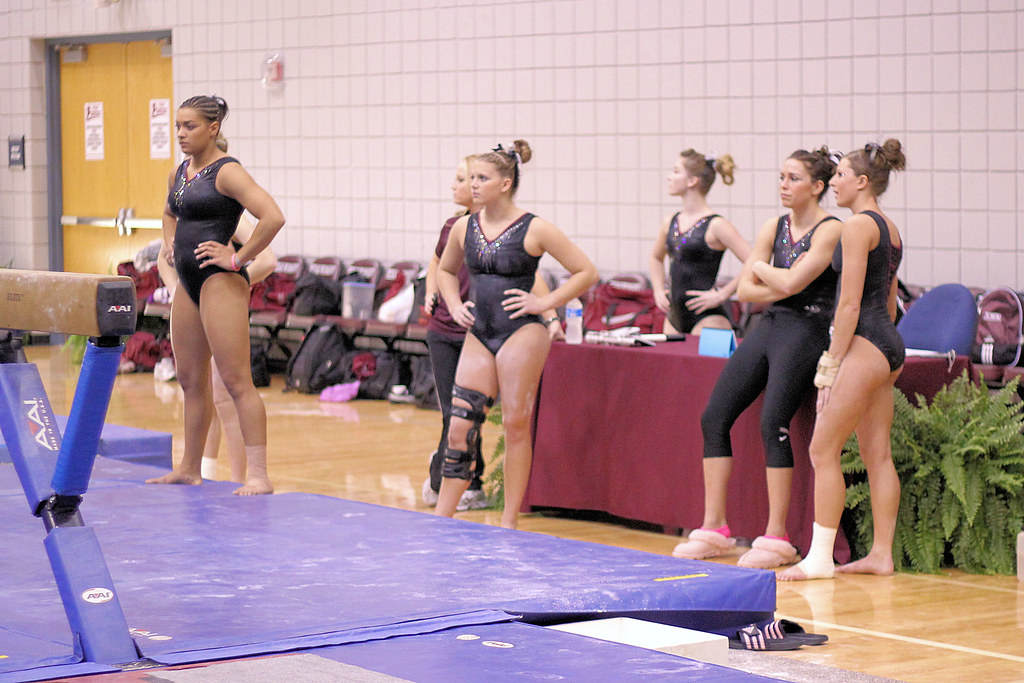
1. **Not Warming Up**Warming up before any compound movement is an important piece of good performance. However, in my experience, bench press warm-ups often seem more rushed than those for squats and deadlifts. This oversight can lead to suboptimal performance and increase the risk of injury, as your body transitions too quickly from rest to full intensity without adequate preparation.
Just because your upper body might feel mobile enough to bench without a warm-up doesn’t mean it should. A proper warm-up serves multiple crucial functions. It’s not simply about feeling ready; it’s about physically preparing your muscles and joints for the demands of the lift. Ignoring this step can make weights feel heavier than they should, as your body is simply not primed for the exertion.
An effective bench press warm-up should not only bring up your core body temperature but also engage in dynamic stretches and activation exercises. Movements like band pull-aparts or scapular push-ups are excellent for firing up the shoulder joint, which is central to a safe and powerful bench press. These exercises help to ensure your shoulders are safely locked into place and less likely to shift around during the lift, making them a critical component of preventing injury and improving overall performance.
Read more about: Remembering the Stars: A Fond Farewell to the Beloved ‘Happy Days’ Actors We’ve Lost
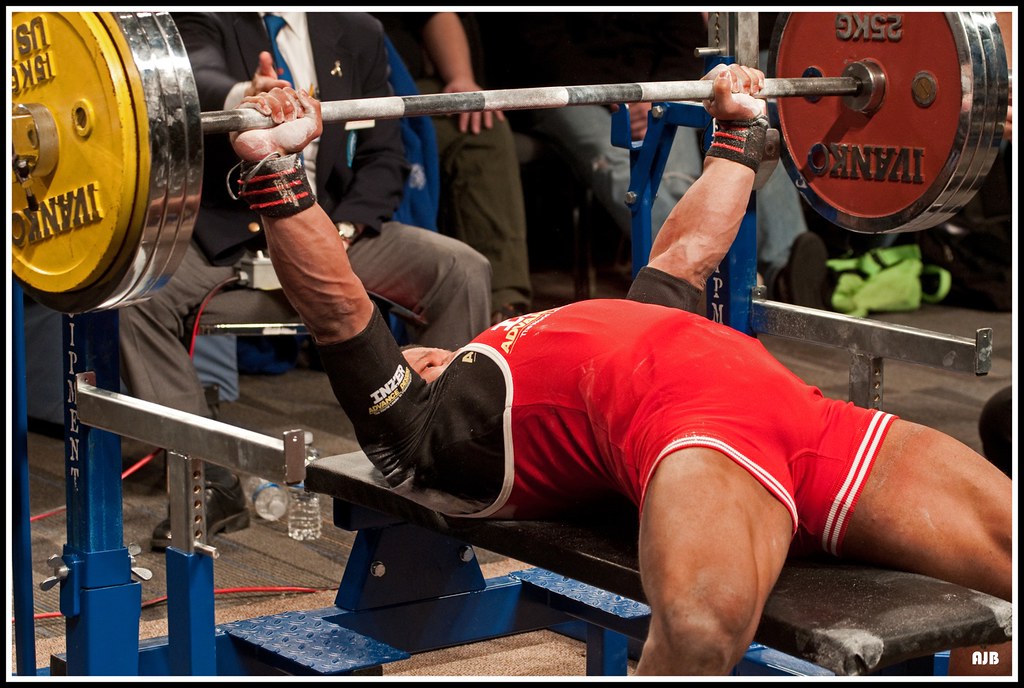
2. **Not Using Leg Drive**In my opinion, the number one beginner oversight in the bench press is not knowing to use leg drive, and then subsequently doing it incorrectly when attempting it. Because the bench press is considered an upper body movement, it’s natural for many to overlook the contribution of the lower body. Yet, this is a significant missed opportunity, as there is a lot of power to be expressed through proper positioning and activating the legs effectively.
Leg drive consists of pushing the ground down and away from you. The sensation you should aim for is one where you feel your quads are about to engage in a leg extension exercise. This active engagement of your lower body creates a stable base and allows you to transfer force through your entire body, enhancing the power generated for the press. It’s a vital component that separates an average bench press from a truly powerful one.
Activating leg drive properly offers multiple benefits beyond just making the lift feel easier. Crucially, it helps your upper back settle into the correct position and establish an arch, which is a cornerstone of safe and efficient benching. By actively driving through your legs, you create a chain reaction of tension throughout your body, leading to a more stable and powerful press. For those looking to improve their bench press technique, mastering leg drive is an essential step, and our coaches can help you get stronger by refining this critical skill.
Read more about: Inside Vanilla Ice’s Garage: A Deep Dive into the Rapper’s Eclectic and Multi-Million Dollar Automotive Collection

3. **Not Creating an Arch**While a very pronounced arch is standard practice in competitive powerlifting, even the everyday gym-goer working on bench press strength should still be creating a modest arch. Many individuals avoid creating an arch because it is commonly thought to be dangerous, believing it places undue stress on the spine. However, this is a pervasive myth.
In fact, creating a proper arch is crucial because it keeps your shoulders in a safe position for pressing. By slightly arching your back, you create a more stable base, allowing your shoulder blades to retract effectively and provide a solid platform from which to press. This stability is not just about moving more weight; it’s primarily about protecting your shoulder joints from excessive strain and preventing injury, ensuring longevity in your lifting career.
If a mobility restriction is preventing you from creating an arch, there are actionable steps you can take. Incorporating foam rolling into your routine can help improve thoracic spine mobility, and dedicating time to more upper back accessories can strengthen the muscles that support a proper arch. Understanding and implementing the bench press arch is a key technique that contributes significantly to both strength and safety, making it an indispensable part of your bench press setup.
Read more about: Dream Drives: 15 Classic Cars That Should Absolutely Be Revived for Today’s Roads
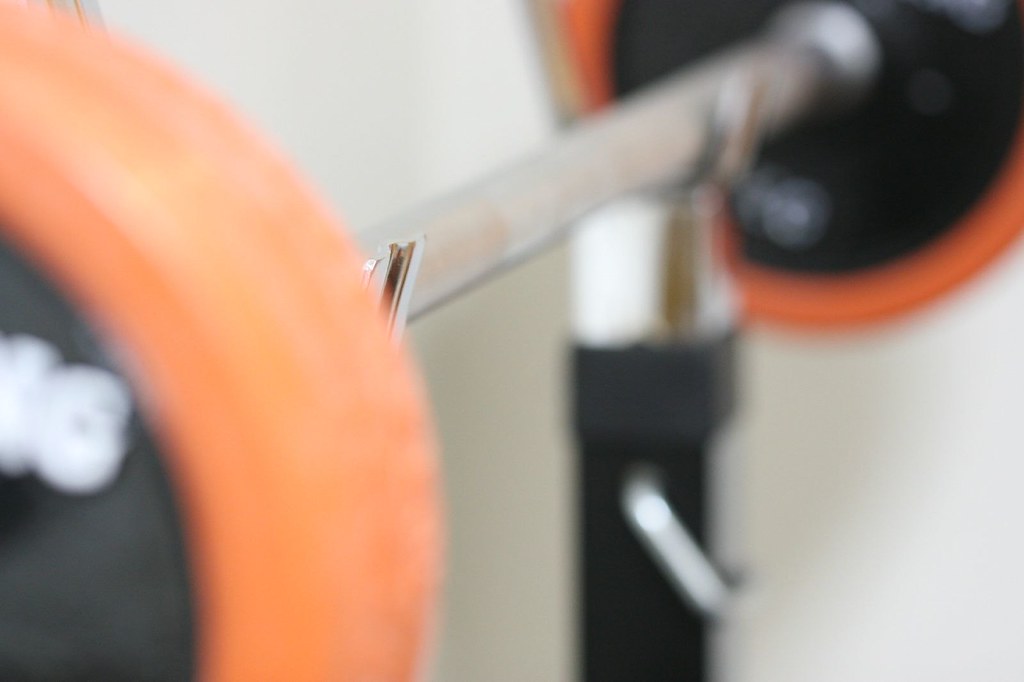
4. **Not Retracting the Shoulder Blades**Retracting the shoulder blades is an absolutely crucial step when setting up for the bench press. This action is paramount because it keeps the shoulders safely locked into place, making them far less likely to shift around and potentially cause injury during the movement. Without proper retraction, your shoulders are vulnerable to internal rotation and instability, especially under heavier loads.
Keeping the shoulder blades retracted can be addressed and reinforced through various effective strategies. This includes warming up the lats and shoulder blades, ensuring these supporting muscles are engaged and ready for action. It also involves consciously focusing on keeping them retracted throughout all reps, maintaining that stable position from the initial setup to the final lockout. Furthermore, creating a stable arch and utilizing leg drive both contribute significantly to maintaining shoulder blade retraction, as they help to brace the entire upper body.
If you find your shoulders coming out of position, especially only under heavy weight, it usually signals a critical issue: your pecs have given up, and you’re trying to get your shoulders to bear the load. This is precisely what you want to avoid. Focusing on keeping your shoulder blades in place through a proper set-up is key to ensuring that the primary pressing muscles, your pecs and triceps, are doing the work, not your vulnerable shoulder joints. This careful attention to detail will help you press safely and effectively.
Read more about: The Indispensable Arsenal: Unpacking the Ultimate Tool Kit for Every Man (And What’s Missing From Yours)

5. **Not Keeping Your Glutes on the Bench**If your butt is rising off the bench during the bench press, it’s a strong indicator that there might be an issue in the way you are harnessing leg drive or that the weight is simply too heavy. This movement suggests a compensatory effort, where you’re trying to generate extra power by breaking form rather than refining your technique. It’s a common sight in gyms and a critical error to address for both safety and performance.
While having your butt come off the bench in training might not always seem terribly detrimental for an everyday lifter, it is a significant concern for those training to compete. In competitive powerlifting, a lift with the glutes rising off the bench is cause for red lights and will result in a failed lift. Beyond competition rules, this mistake can also lead to a loss of support in your arch, thereby placing unnecessary and potentially harmful stress on your lower back. The lumbar spine can be forced into excessive loaded extension, increasing the risk of injury.
To effectively prevent your glutes from lifting off the bench, you should refine your leg drive technique. Instead of pushing your feet straight down into the ground, try pushing them away from you, as if you’re trying to slide your feet towards your head. Additionally, experimenting with widening your legs or placing them further out in front of you can help create a more anchored position. Finding that sweet spot with your foot positioning will anchor you securely in place, preventing this common error and ensuring your bench press is both safe and powerful. Remember, an arch is perfectly fine, but an arch does not mean your hips are rising off the bench.
Read more about: Unleash Your Power: The Ultimate Chest-Building Exercises for Men Over 40

6. **Shifting Your Feet Between Reps**This is a subtle yet significant mistake that I have observed even well-trained athletes do out of habit, but it is something that should be consciously avoided whenever possible. The principle here is similar to the precision required for a squat walkout: we strive to keep it as precise as possible to avoid losing any tension established in the setup. The bench press set-up demands the same clean-cut approach.
Wiggling or shifting your feet after you have already set up your entire body for the bench press might be an unconscious habit, often driven by a feeling that your feet aren’t in the absolutely perfect position. However, this seemingly minor adjustment can disrupt the full-body tension you’ve worked to create. Any loss of tension can translate directly into a sacrifice of strength and power during your set, making each subsequent rep less efficient and potentially less safe.
To overcome this, actively practice getting the right set-up the first time around. Before unracking the bar, take the necessary moments to ensure your foot positioning feels solid and stable. This deliberate approach will help you maintain consistent full-body tension throughout your set, preventing the need for mid-set adjustments. By establishing a strong, unchanging base with your feet, you minimize the risk of losing tension and maximize your ability to generate consistent power for every single rep, ultimately leading to greater strength and better results.
Now that we’ve covered the crucial foundational setup and movement initiation errors, it’s time to dive deeper into even more common bench press mistakes that can derail your progress, compromise your safety, and prevent you from unlocking your true strength potential. These next six errors address crucial aspects of the lift, from the bar’s path to your grip, offering expert-backed techniques to optimize every single repetition. By fine-tuning these elements, you’ll not only enhance your performance but also safeguard your joints, paving the way for consistent and powerful gains.
Read more about: Unlock a Stronger Core: 12 No-Equipment Exercises for Stability and Strength in Just Minutes a Day
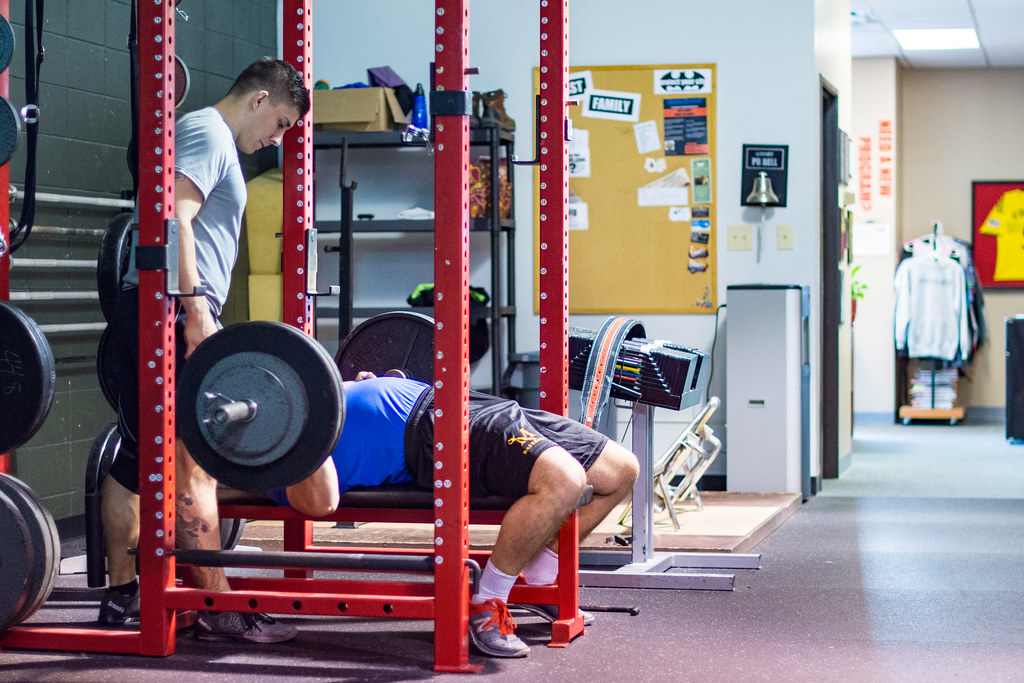
7. **Not Touching Your Chest**A frequent mistake, especially for beginners, is not bringing the barbell fully to the chest. This isn’t just a rule for competitions; it’s essential for maximum muscle activation and a complete range of motion. Often, this error arises from misunderstanding the goal of a proper bench press.
While variations like pin presses or Spoto presses intentionally shorten the range, these are specific training tools. For a standard, strength-building lift, the bar must consistently contact your chest. Shortening the range significantly reduces time under tension, limiting growth stimulus.
Beyond simply touching, the bar’s landing point is crucial. Landing too high, near the clavicle, can force shoulders into a compromised position, excessively flaring elbows and increasing injury risk. Landing too low can cause the bar to be ‘dumped’ or lose tension, undermining stability.
The ideal touchpoint is typically your mid to lower chest, around nipple height. This ensures wrists are stacked over elbows, creating a strong lever. Focus on a controlled descent to this spot. Filming yourself can visually confirm consistent and proper bar placement.
Read more about: Awaken Your Best Self: 14 Simple Morning Stretches to Boost Energy, Banish Aches, and Enhance Your Day

8. **Bouncing off the Chest**Another common mistake, once lifters are told to touch their chest, is “bouncing” the bar. This is not a controlled eccentric but an uncontrolled lowering where the sternum acts as a slingshot, using rebound to propel the bar. This technique lacks the controlled tension critical for true strength.
Bouncing is highly detrimental. It ingrains poor mechanics by neglecting the vital eccentric (lowering) phase, crucial for hypertrophy and strength. You bypass significant time under tension, short-changing your muscles of growth stimulus. It also causes loss of upper back tightness, decreasing power efficiency.
From a safety standpoint, repeatedly bouncing heavy weight without control can be dangerous, potentially causing bruising or injury to the chest. For powerlifters, ‘heaving’ or sinking the bar for rebound is a red light. This technique actively hinders developing legitimate, powerful pressing strength.
To correct this, focus on maintaining control throughout the eccentric phase. Actively “pack” the muscle and absorb force as the bar descends, ensuring a soft but definite touch. For beginners, a 3-second lowering tempo is effective for teaching essential control and tempo, turning a dangerous bounce into a deliberate, strength-building movement.
Read more about: Swing Strong, Play Long: 14 Simple Ways to Prevent Common Tennis and Golf Elbow Injuries
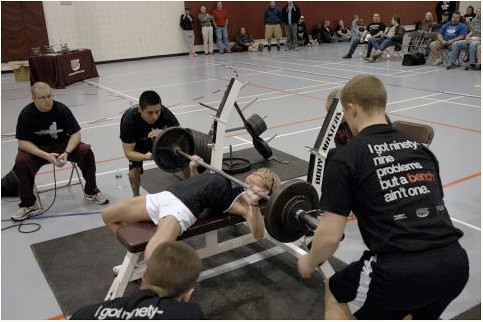
9. **Dumping the Bar**”Dumping the bar” differs from bouncing; it’s a complete loss of barbell control upon chest contact. It feels like crushing your chest or transferring the load out of your upper body, leading to an uncontrolled and potentially dangerous impact. This signifies a breakdown in tension at the bottom of the lift.
Contributing factors include an incorrect bar path, specifically touching too low, which disrupts leverage. Another reason is weakness in maintaining tension near the chest; primary pressing muscles aren’t strong or engaged enough to absorb the load and initiate smoothly.
This issue is fixable with targeted adjustments. Refine your bar path for an optimal landing spot on your mid-to-lower chest. Incorporate tempo bench presses with a slow lowering phase to improve tension. T-shirt presses, pausing just above the chest, also build strength and stability, preventing uncontrolled collapse.
Read more about: Master Your Inbox: 14 Game-Changing Email Strategies from Top Tech Leaders
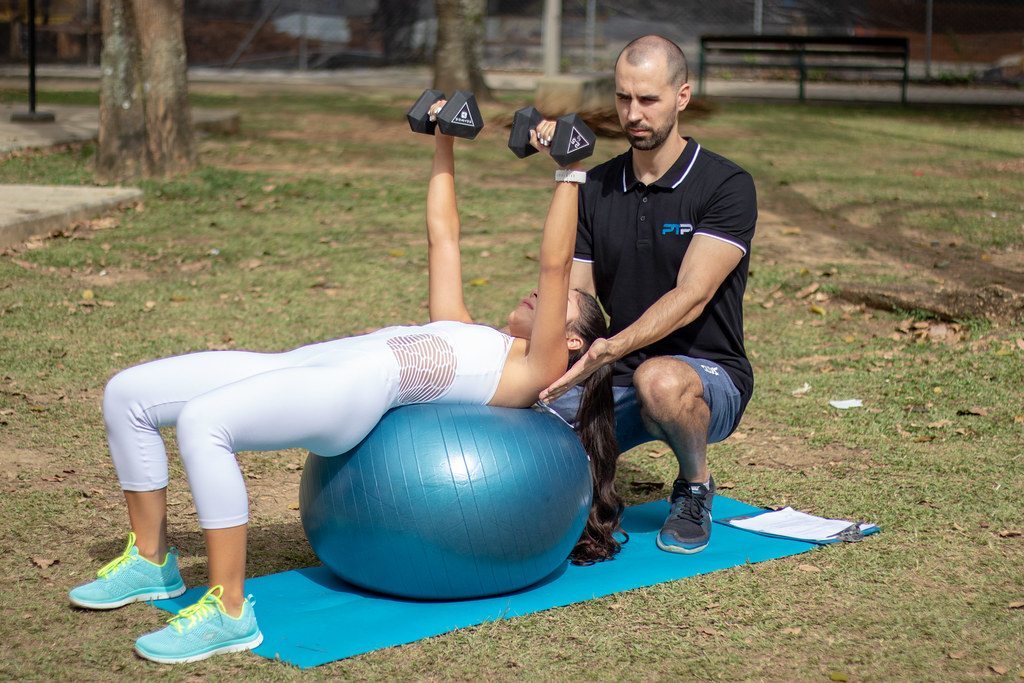
10. **Heaving the Bar**”Heaving the bar,” a subtle but detrimental mistake, involves sinking the barbell into your body. You rely on chest elasticity and leg propulsion to “sling” the bar off. This creates a false strength impression, bypassing true muscular engagement needed for a powerful press, limiting genuine strength development.
Heaving presents significant problems. In competition, it often results in a “bar sinking” call, leading to a failed lift. Beyond competition, heaving makes you susceptible to glutes lifting off, breaking form and increasing lower back injury risk.
Crucially, heaving prevents effective strength building off the chest, a critical phase. Instead of engaging pecs and triceps to drive weight, you leverage momentum and an unstable base. This undermines the exercise’s muscle-building purpose. True strength requires development through the full range of motion, without body recoil.
To address heaving, build strength and control in the bottom lift portion. Longer paused bench presses teach generating force from a dead stop. T-shirt presses strengthen muscles initiating the press. Building pec strength through accessory movements enhances driving the bar cleanly off your chest.
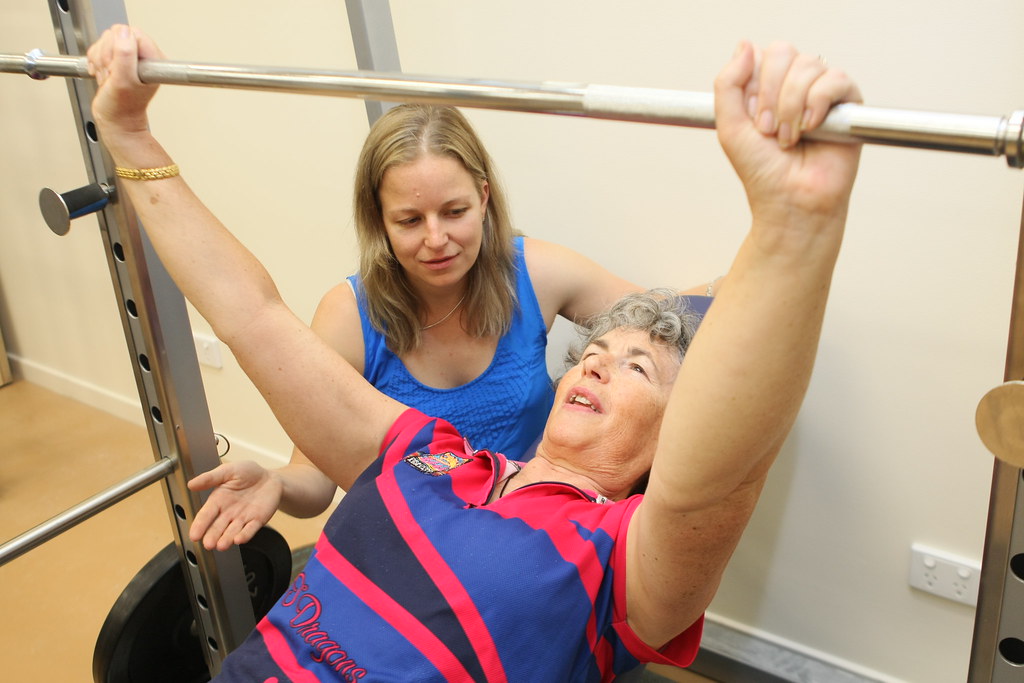
11. **Pressing in a Vertical Bar Path**Many lifters wrongly assume bench press means moving the bar straight up and down. However, this misconception leads to an inefficient and risky bar path. The optimal path is a subtle “J” shape, involving slight horizontal as well as vertical travel, not a perfectly straight line.
A strictly vertical path is inefficient, often forcing joints into disadvantageous positions. It can stem from landing the bar too high, excessively flaring elbows, over-relying on shoulders, or simply lacking biomechanical knowledge. This approach limits strength and can increase stress on joints.
The ideal “J” shaped path offers better leverage and primary muscle engagement. It guides the bar from your mid-to-lower chest slightly back towards your eyes as it ascends. This horizontal movement allows your body to work in harmony, creating a more stable and powerful drive while minimizing strain.
To correct this, initiate the press by pushing the bar slightly back towards the rack from your chest, maintaining that trajectory upwards. Visualizing this “J” curve is helpful. Practice with lighter weights and record sets from a side angle to ingrain this effective and safer bar path, optimizing power and protecting shoulders.
Read more about: Unleash Your Power: The Ultimate Chest-Building Exercises for Men Over 40
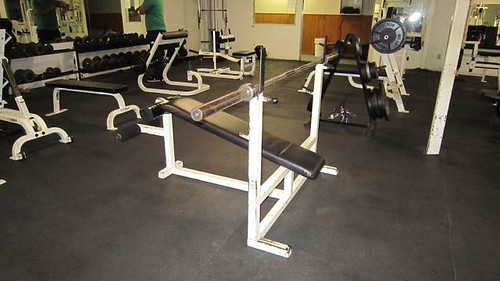
12. **Gripping Too Narrow or Too Wide**Your grip width is crucial, affecting muscle activation, joint stress, and bench press performance. An improper grip hinders muscle engagement or strains wrists, elbows, and shoulders, compromising both strength and long-term joint health.
A too-narrow grip shifts focus to triceps, limiting pectoral recruitment. A too-wide grip dissipates power and excessively stresses shoulders, with research linking wider grips to more shoulder issues. While powerlifters use wider grips for advantage, this might not suit general gym-goers.
Aim for a grip where forearms are perpendicular to the floor at the bottom, with wrists and elbows stacked. For many, this means slightly wider than shoulder-width. Start shoulder-width, then experiment widening by 1 to 1.5 inches. This ensures optimal leverage and balanced muscle engagement.
To find your sweet spot, begin with lighter weight and adjust hand placement. Use barbell knurling or rings as reference. Start with your pinky near the ring, adjusting inwards or outwards until it feels stable and allows pain-free pressing. Videotaping from behind provides visual feedback for proper alignment.
### Final Thoughts
The bench press, a cornerstone exercise for upper body strength, often hides complex technical nuances beneath its apparent simplicity. As we’ve explored, numerous common mistakes, both subtle and overt, can hinder progress, reduce efficiency, and elevate injury risk. From improper warm-ups to flawed bar paths and grip choices, each error presents a challenge. Yet, every challenge comes with a clear, actionable solution.
Read more about: Unleash Your Power: The Ultimate Chest-Building Exercises for Men Over 40
Embracing proper form unlocks your full potential. By diligently applying these expert-backed techniques – perfecting your arch, mastering leg drive, ensuring consistent bar path, and refining your grip – you transform a potentially hazardous movement into a powerful, mass-building exercise. Even small adjustments lead to profound improvements in strength, muscle growth, and joint health. Take the time, stay consistent, and watch your bench press soar. Your stronger, more resilient self will thank you. When in doubt, consult a coach, film your lifts, and refine your approach. The path to a better bench press is an ongoing journey of precision and persistence.




